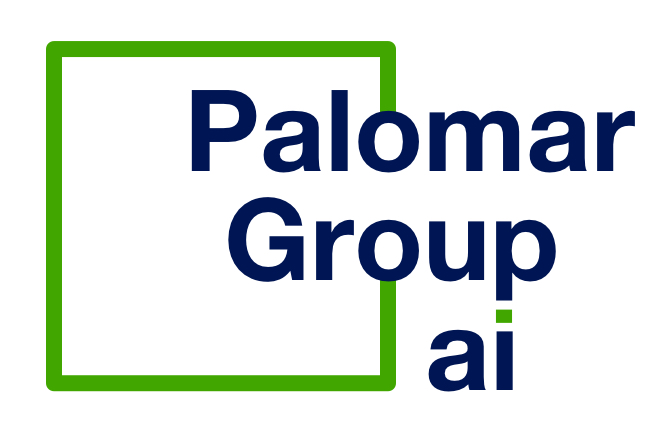Four barriers to AI innovation
More often solution innovation today means embedding AI and machine learning components into business and consumer apps to automate, speed, add intelligence and simplify. But this type of innovation requires new ways of working, new skills, more of a startup mindset and a higher tolerance for risk. And we’ve all seen new products and innovation projects with excellent vision but that fall short or fail.
One of the most concerning things is the failure of companies to start and follow through with innovation projects. We think a lot about the challenges inherent in solution innovation, how they impact our work, and how to address them for our clients. When we zoom out from specific companies and project details, four key challenges tend to crop up over and over.
-
Focus and bandwidth
Most IT and engineering teams we know are fully engaged with essential development projects that keep the “core” business running. Asking them to take on new-product development, R&D and innovation projects strains both staff and management. And, in a crunch, core activities win out over innovation every time – “a luxury we can’t afford”.
-
Skills
AI and intelligent solutions require a combination of highly specialized skills. People with those skills are scarce and in high demand. High-performance teams with the range of skills required are in even shorter supply. In addition, the specific skills needed vary from one project to the next. That’s why there’s often a significant gap between the skills required for successful innovation and those available. Once a solution has been developed, does the organization have the complete skill set in-house to maintain and support it? Lack of sufficiently skilled teams is a major obstacle for small and medium sized companies, but we’ve also seen this with divisions of larger companies.
-
Pressure for results
Technology is accelerating the pace of change and increasing competitive pressure in every industry. This means that once management has identified a target area for innovation, the timeline for delivering results is often unrealistically short. Innovation – especially with AI – is an iterative process with test and learn feedback, however. Sprints can be structured with built-in “quick wins”, market feedback, and mini-releases. Especially in small companies with tight budgets, time is short and pressure to show market traction and deliver recurring revenue is extreme. New delivery methodologies, transparency and excellent communication are all basic requirements to define and manage expectations. This is amplified with customer-facing projects or dynamic / agile projects where requirements change rapidly over time.
-
Culture and mindset
Not every innovative company is a startup but innovating with AI does require a startup mindset — a willingness to embrace change and take risk combined with the discipline to use new methodologies that lead to reliable, repeatable outcomes. Many companies – and here’s where larger companies are also at a disadvantage — do not have processes and incentives in place to support this type of culture. Inertia from “core” business activities can slow the adoption of new solutions up and down organizations. Key stakeholders – employees, management, board members and investors – can have divergent interests or definitions of a company’s business, which can make support for newly created solutions very slow. This can be the case even when new solutions complement the core business or can generate profitable growth in adjacent areas.
Overcoming these barriers to innovation
AI-enabled innovation and intelligent solutions make a huge difference to many companies – internally, with customers and with consumers. The trend will continue as data becomes ever more plentiful, data science tools more powerful and AI more embedded in business and consumer apps. With the right teams, skills, methodologies and mindset, companies of all sizes can overcome the barriers and challenges described above to roll out innovative and unique new solutions successfully, repeatedly. We’ve seen how customers, employees, management and investors can all benefit.

